Back in September, we got a first look at what LD Display views as the future of screens: micro-LED technology that “can be freely stretched, folded and twisted.” This was part of Seoul Fashion Week, where we saw these stretchable displays built into clothes, but the details of the underlying technology were light.
Now LG Display is ready to reveal more. This week, the company demoed a new 12-inch prototype that can stretch up to 18 inches, as well as being twisted and folded in ways to give it more texture.
The GIF below neatly shows just how comprehensively a screen’s shape can be changed, opening the door to all kinds of new functionalities — in this case, as a tactile control panel within a car.
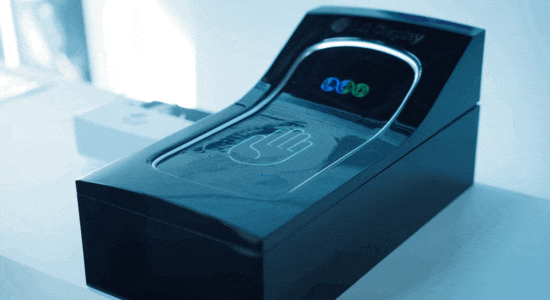
The displays are lightweight, and have the ability to stick to curved surfaces like clothing and skin. As such, LG Display expects uptake in mobility, fashion and wearable industries over time.
In addition to the demo above, the firm showcased another concept where a panel could attach to a firefighter’s uniform to show real-time information, which suggests a degree of confidence about how the panels will cope with extreme heat.
It’s worth reflecting on just how far the technology has come in the last few years. The company’s first stretchable display was revealed almost two years ago to the day, but it was considerably more limited. Back then, the 12-inch display could only grow an extra 20% to 14 inches. According to the company, the new gains have been achieved by “improving the properties of a special silicon material substrate used in contact lenses and developing a new wiring design structure.”
But some limitations remain and, as things stand, this technology isn’t going to rival the kind of image quality you can get on your average smartphone. LG Display claims that the panels will deliver a high resolution of 100ppi even when stretched up to 18 inches, but that’s pretty low by modern standards.
For comparison, the iPhone 16 has a pixel density of 460ppi, and even flexible phone screens like the Samsung Galaxy Z Fold 6 boasts 374ppi. In addition, the full RGB color offered may seem pretty basic, when modern smartphones offer wider gamuts.
That said, these complaints pale in comparison to the number of possible use cases that such flexibility unlocks, and we can’t wait to see what innovations come from screens that are no longer limited by their rigidness. While they may never become as mainstream as regular panels, the possibilities are intriguing.
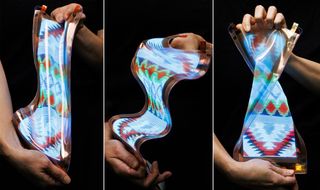
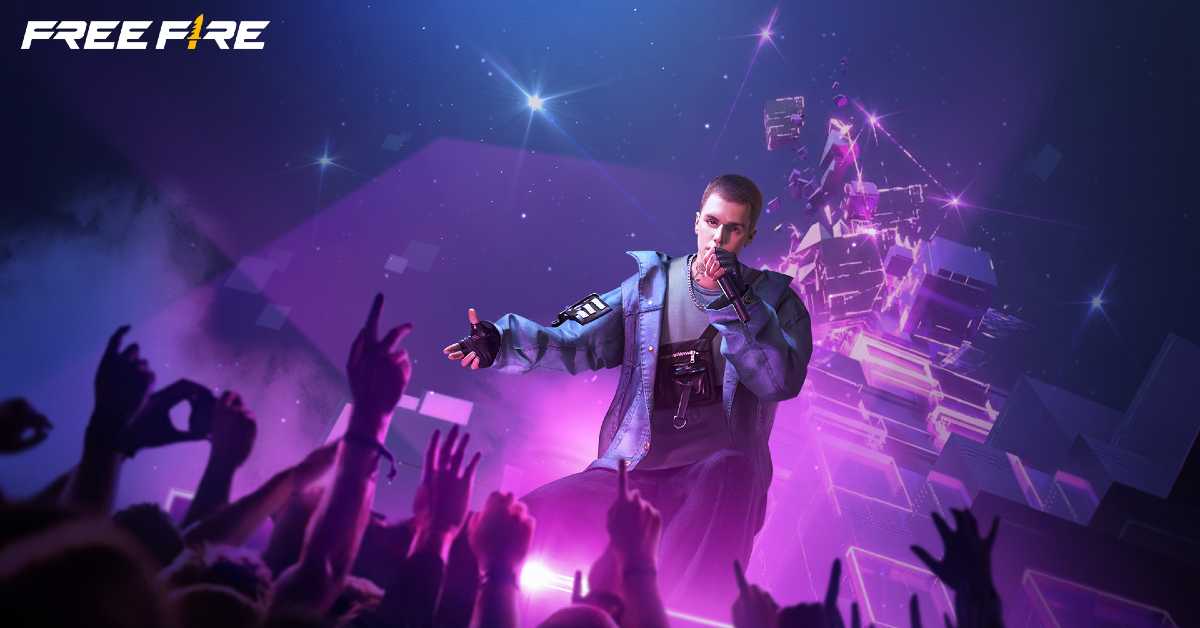

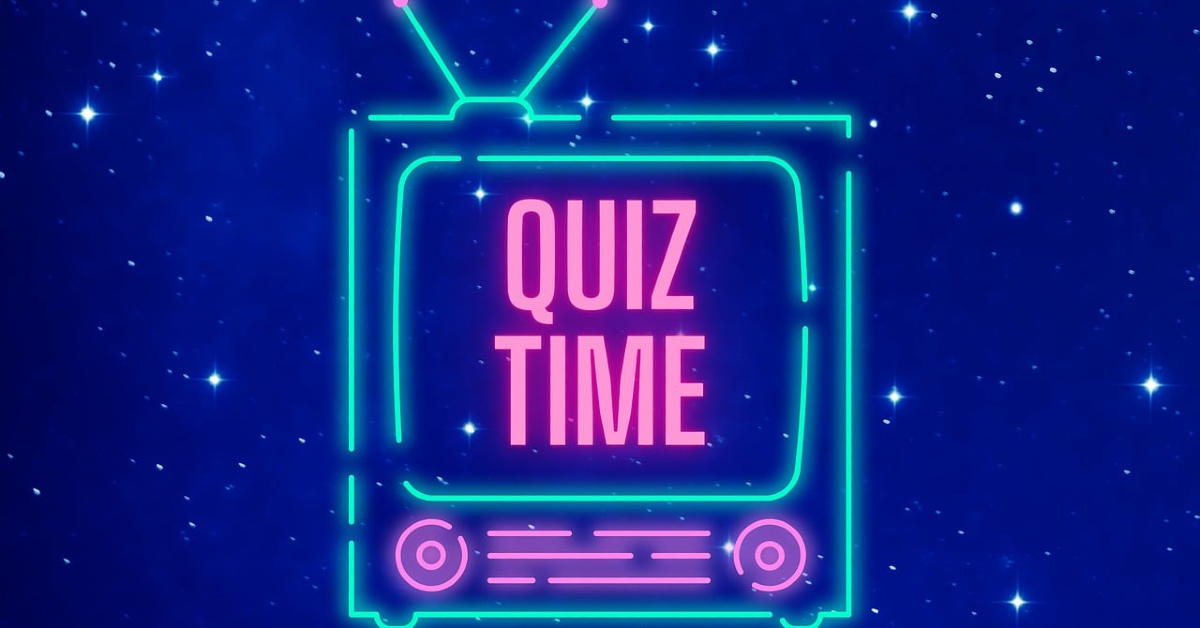


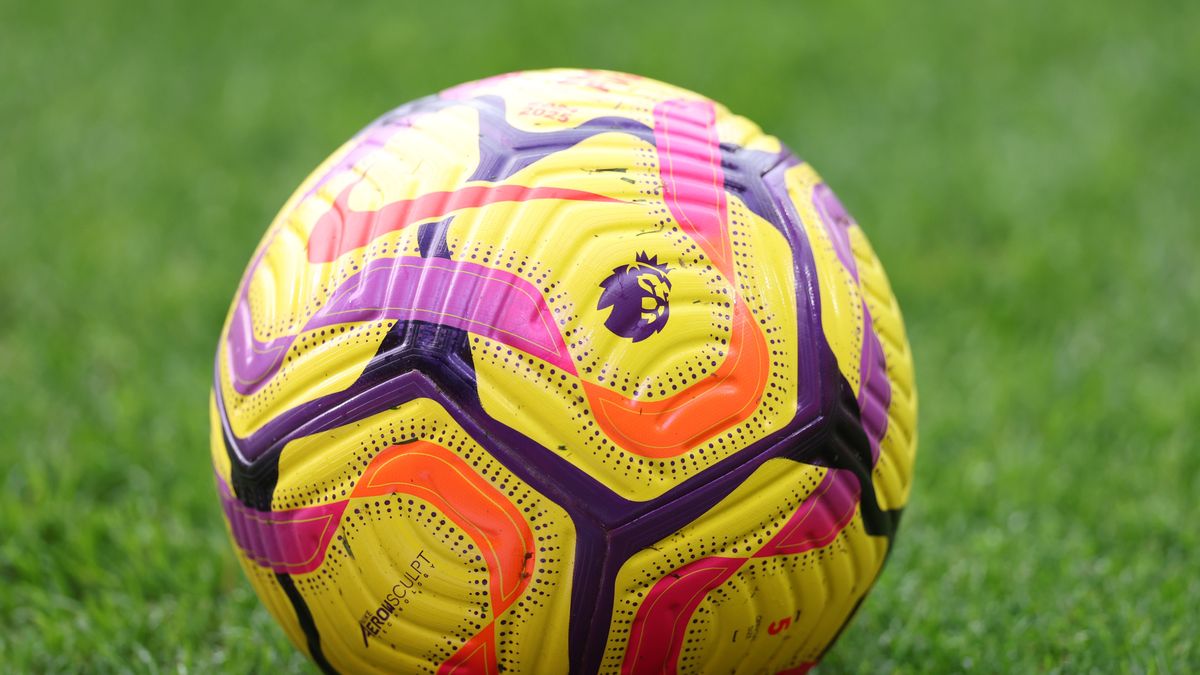
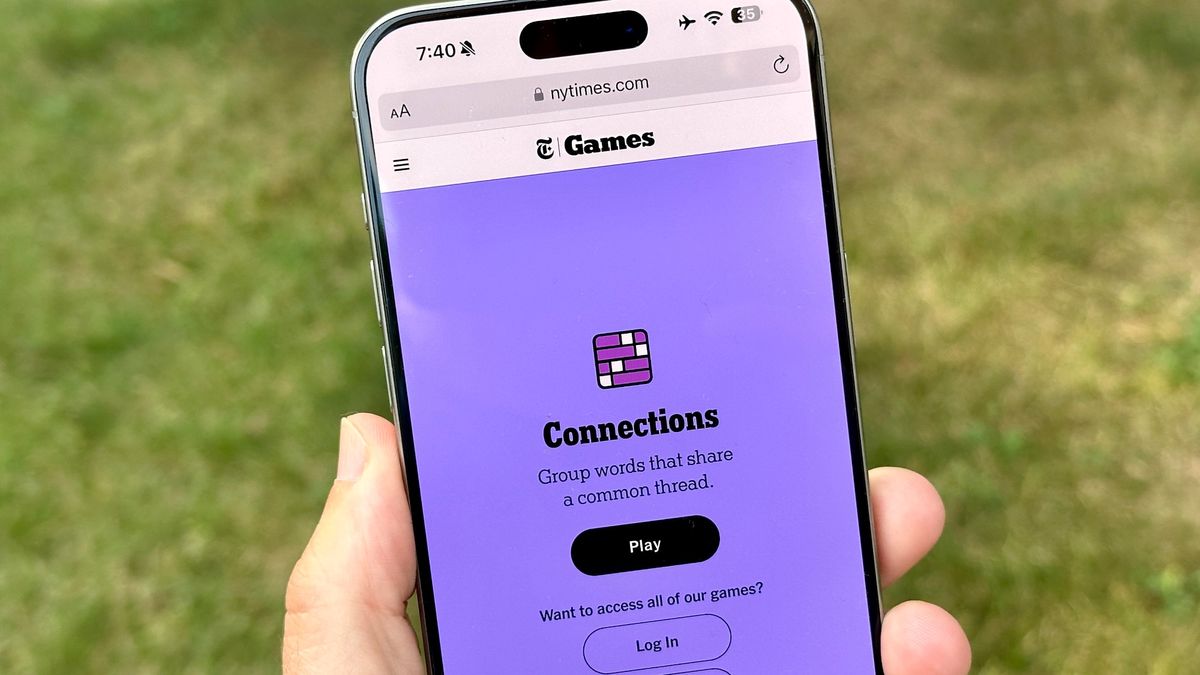

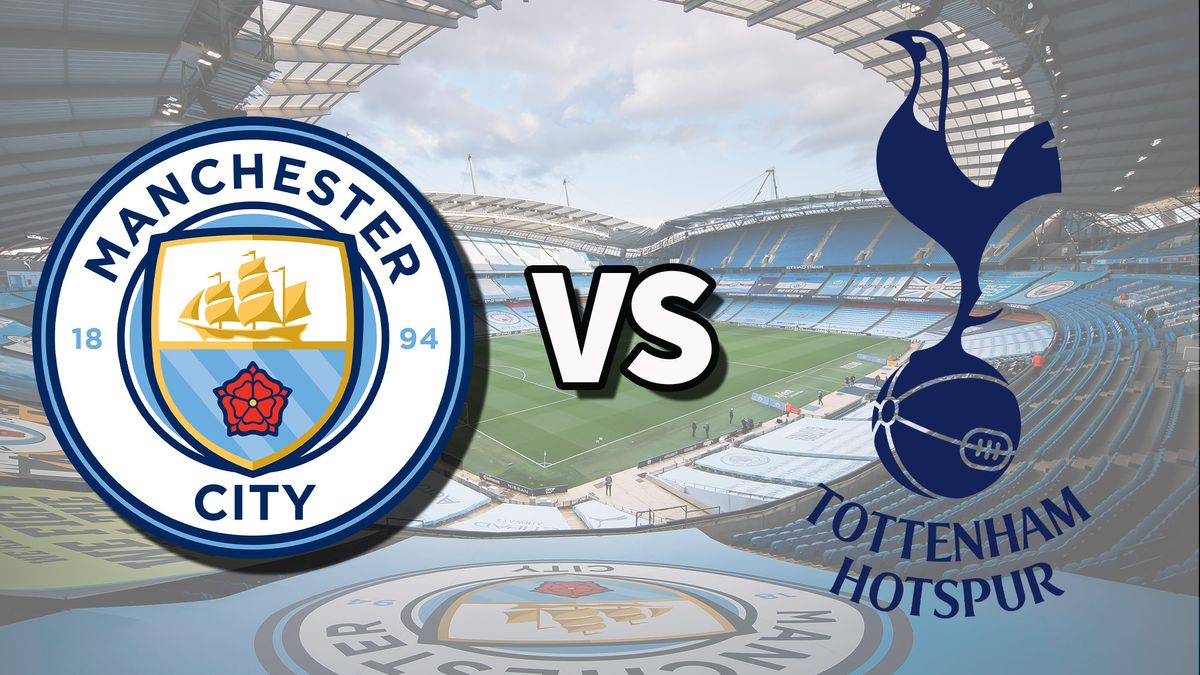
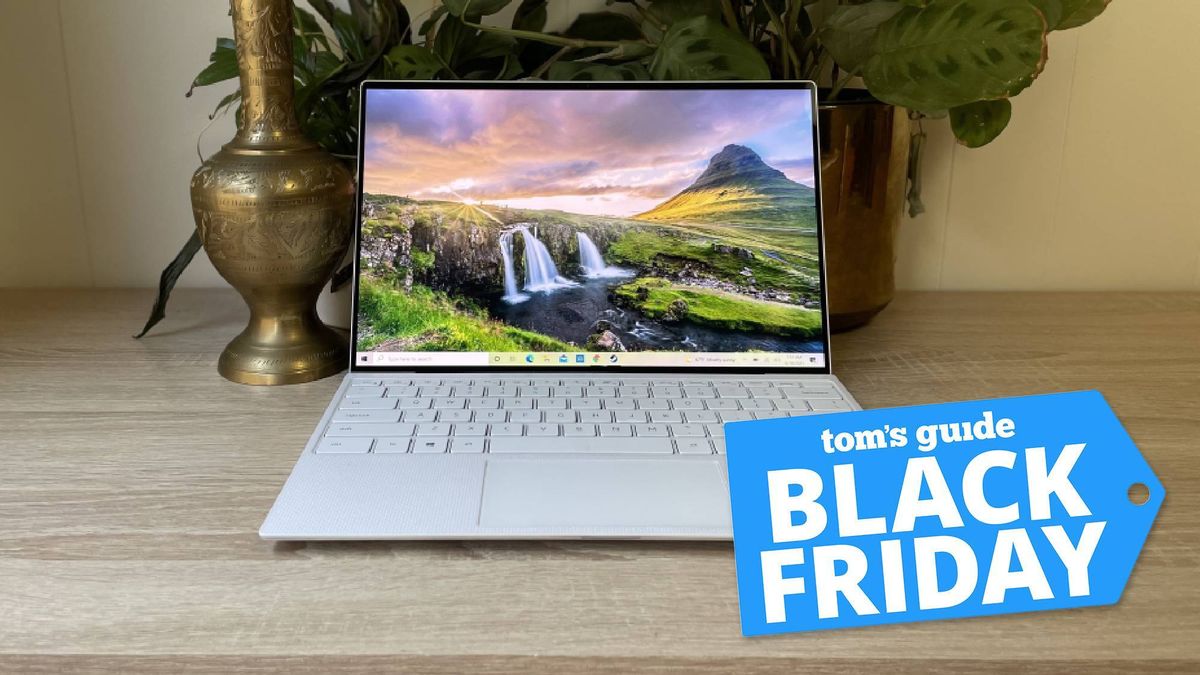
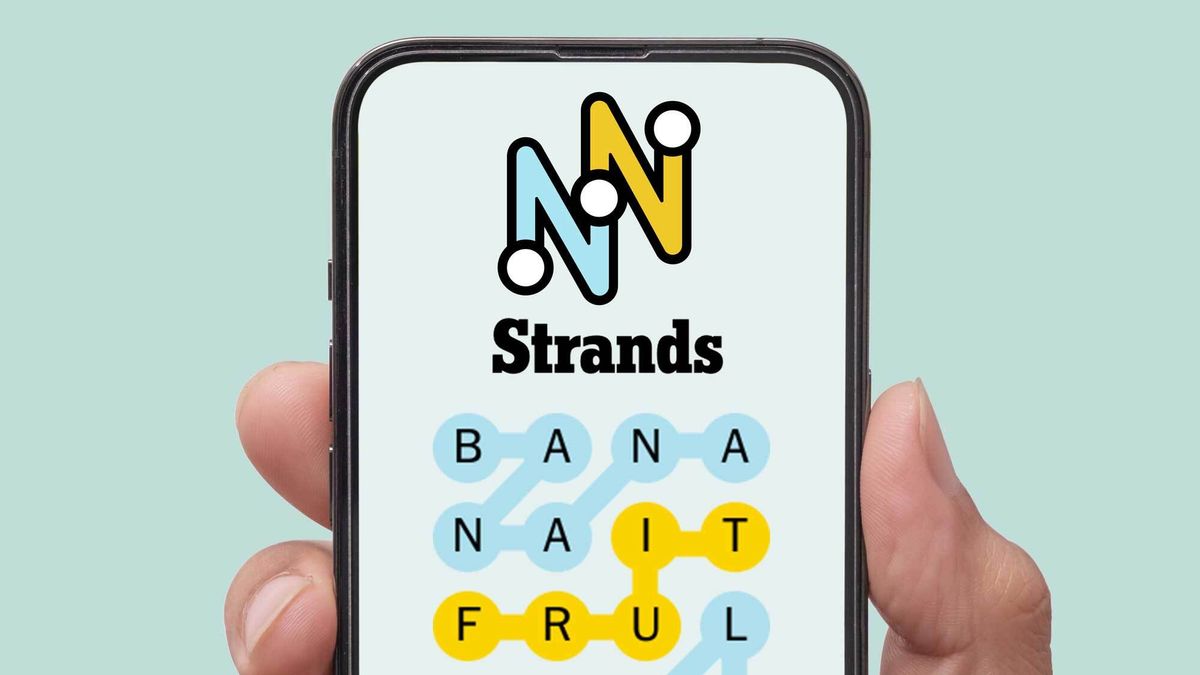









 English (US) ·
English (US) ·